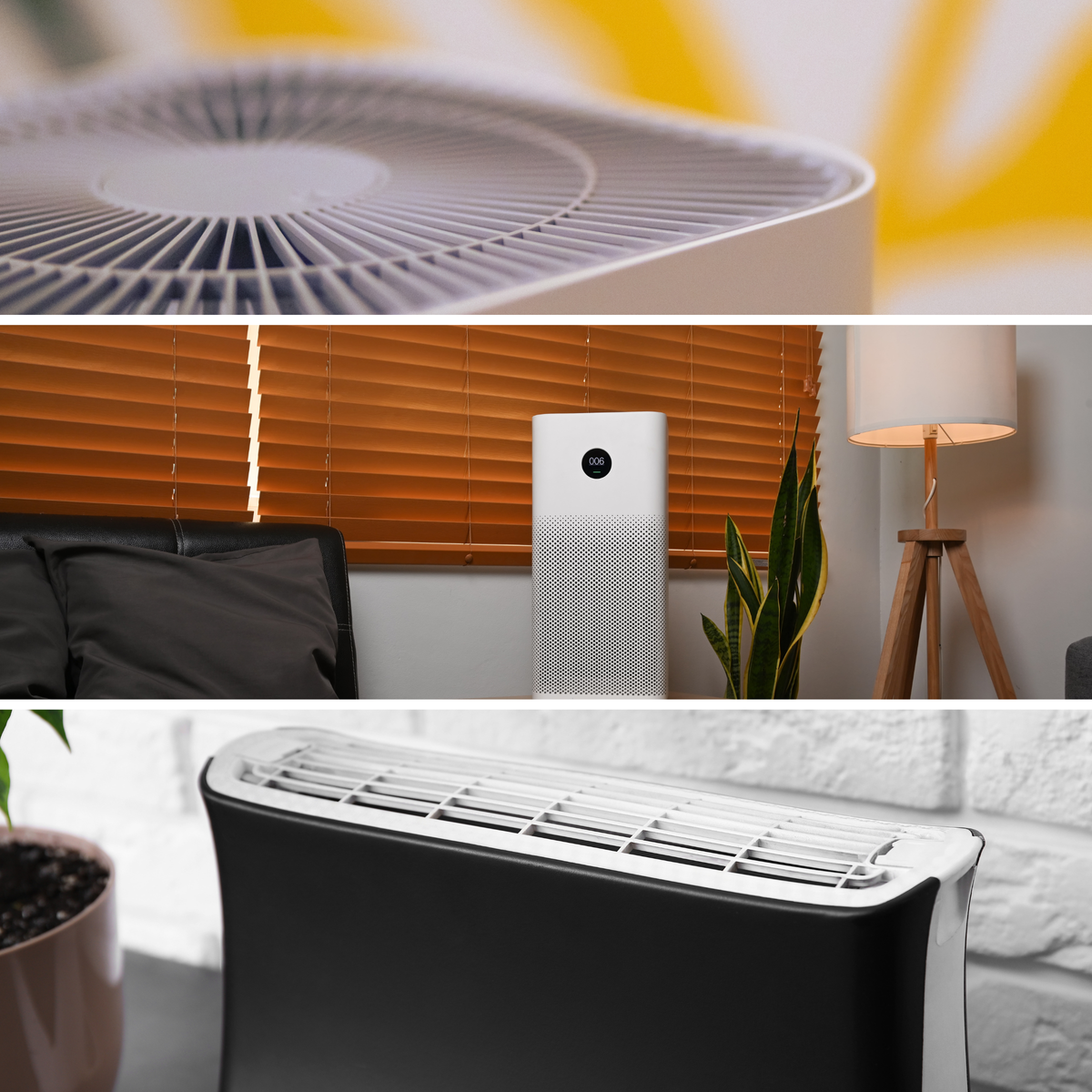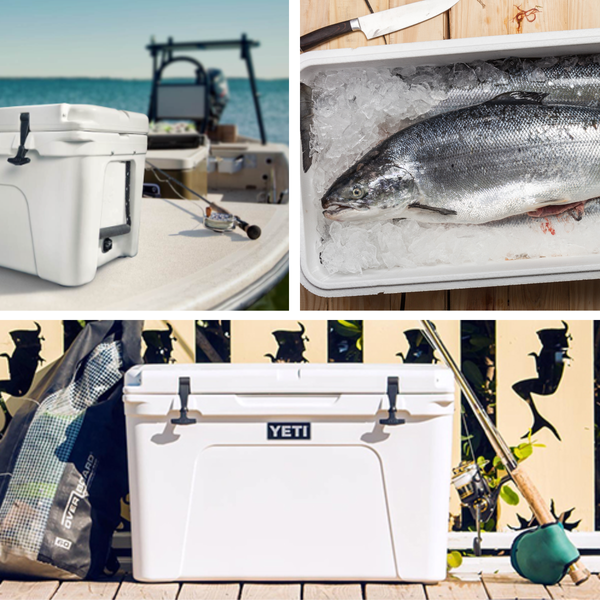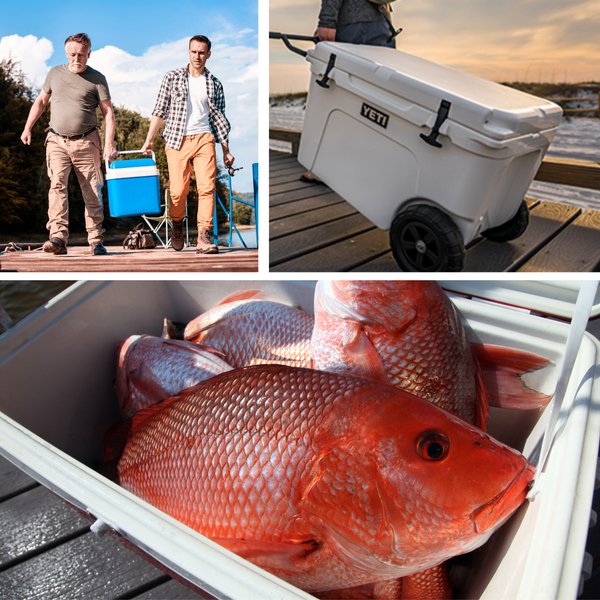Key Takeaways:
- The best air purifier placement is crucial for maximizing indoor air quality.
- Understanding room size, air flow, and common pollutant sources helps determine the ideal location.
- Regular maintenance, like changing filters regularly, is essential for keeping your air purifier effective.
Air purifiers have become a staple in many households, thanks to their ability to improve indoor air quality by removing pollutants such as dust, pollen, mold spores, and pet dander. However, to get the most out of your air purifier, it's not just about having one—it's about knowing where to place it. In this article, we'll explore the strategic placement of air purifiers to ensure you breathe clean air consistently.
Understanding Air Flow in Your Home
The principle of air flow is fundamental when deciding where to put an air purifier. Most air purifiers are designed to intake air from one side and expel the filtered air from another. To optimize this process, the air purifier should be placed in a location where there is a clear path for air to circulate. Avoid placing the unit behind furniture, curtains, or other obstructions that could block the air intake or outlet.
Room Size and Air Purifier Capacity
Room size is a critical factor in air purifier placement. The right air purifier for your space should have a clean air delivery rate (CADR) that matches the room's volume. Once you have the appropriate size, place your air purifier in a spot where it can effectively circulate air throughout the entire room. For larger rooms, it might be necessary to use multiple units to maintain fresh air throughout.
High Traffic Areas: Family Room and Living Spaces
The family room or living spaces are often where people spend most time, making them prime locations for air purifiers. By placing the air purifier in a central location, away from walls and furniture, it can more efficiently circulate air and capture airborne particles like pet hair and dander.

Air Pollution and Your HVAC System
Air purification isn't just about the standalone units we place in the corners of our rooms; it's also about how we integrate these systems with our existing HVAC infrastructure. When considering where to place your air purifier, it's crucial to understand how it will interact with your home's HVAC system. The goal is to create a symbiotic relationship where both systems work together to reduce air pollution. For instance, placing an air purifier near the return vents of your HVAC system can help filter out pollutants before they circulate through your home, ensuring that the air pushed out through the vents is as clean as possible.
Moreover, it's beneficial to consider the manufacturer's recommendations regarding the proximity of air purifiers to HVAC intakes and outputs. Some air purifiers are designed to complement your HVAC system, while others might work best as standalone units. By aligning the purifier's placement with your HVAC's airflow patterns, you can maximize the efficiency of air purification throughout your home. Remember, the cleaner the air entering your HVAC system, the less strain on its filters, leading to potentially lower maintenance costs and a longer lifespan for your system.
Quiet Nights: Air Purifier Placement for Restful Sleep
The quest for a peaceful night's sleep often leads us to consider the role of air quality in our bedrooms. Placing an air purifier in your bedroom can have the biggest impact on your sleep quality, especially if you suffer from allergies or respiratory issues. However, it's not just about having the purifier in the room; it's also about where you place it. For optimal performance, position your air purifier away from the wall and doors to allow for unobstructed air flow. This ensures that the purifier can efficiently cycle the air in the room, capturing pollutants and distributing clean air evenly.
Additionally, the noise level of your air purifier is a critical factor to consider for night-time use. Look for models that boast a quiet operation or have a 'night mode' setting, which reduces the fan speed and, consequently, the noise level. Placing the unit at a distance from your bed can also minimize any potential disturbance. By strategically placing your air purifier to operate quietly and effectively, you can enjoy the benefits of purified air without sacrificing a good night's rest. Remember, the cleaner the air you breathe at night, the more rejuvenated you'll feel in the morning.
Bedrooms: Rest Easy with Clean Air
For many, the bedroom is a sanctuary for rest and sleep, making it essential to have clean air free of allergens and pollutants. The best spot for an air purifier in the bedroom is in close proximity to the bed but not directly beside it to avoid drafts. Ensure it's a few feet away from the headboard to allow for proper airflow and to prevent any noise from disrupting your sleep.

Combatting Kitchen Odors and Grease
Kitchens can be full of airborne grease and odors. To tackle these, place the air purifier in a location where it can capture these particles without being too close to the stove or oven, which could cause grease to clog the filters regularly. Ensure the unit is in a spot where it won't be exposed to high humidity or direct heat.
Dealing with Pet Zones
If you have pets, you're familiar with the constant battle against pet hair and dander. Positioning your air purifier in the same room where your pets spend most of their time can significantly reduce these allergens. Keep the unit off the ground to prevent pet hair from clogging the air intake.
The Importance of Regular Maintenance
No matter where you place your air purifier, it won't perform well without proper maintenance. This includes cleaning and replacing filters regularly to ensure the unit can continue to pull in unfiltered air and expel clean air effectively. Always follow the manufacturer's recommendations for maintenance to keep your air purifier running smoothly.

Summary
Choosing the best place to put an air purifier is essential for maintaining optimal indoor air quality. Remember to consider air flow, room size, and the specific needs of each space in your home. By following these guidelines and performing regular maintenance, you can ensure that your air purifier works efficiently to provide you with fresh, clean air.
FAQ Section
Q: Can I place my air purifier on the floor or should it be elevated?
A: While some air purifiers are designed to work well on the floor, elevating the unit can help prevent larger particles and pet hair from quickly clogging the air intake. Check the manufacturer's recommendations for your specific model.
Q: Should I keep windows open or closed when using an air purifier?
A: Generally, it's best to keep windows closed to allow the air purifier to circulate and clean the indoor air effectively. However, occasional ventilation with open windows can be beneficial for fresh air exchange.
Q: How often should I replace the filters in my air purifier?
A: The frequency of filter replacement varies depending on the air purifier model and usage. Refer to the manufacturer's recommendations and consider the air quality in your home. Some filters may need to be replaced every few months, while others can last up to a year.










